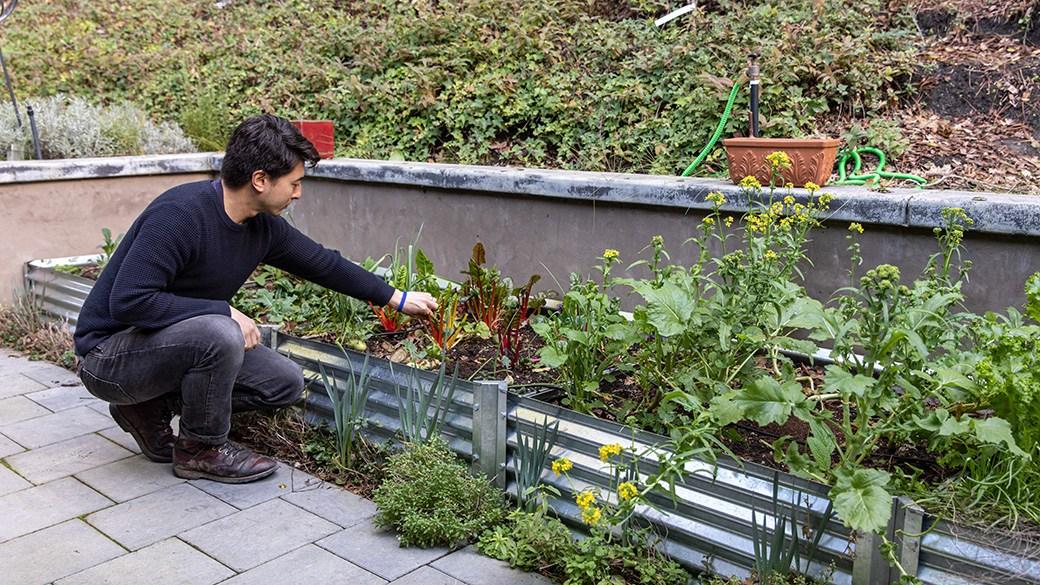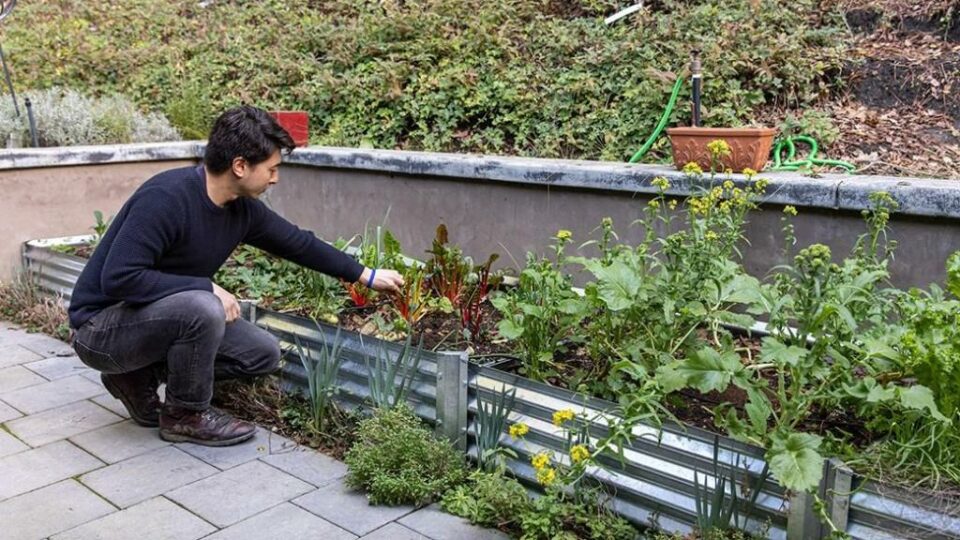
Gardening is a rewarding activity that has many health benefits. You burn calories, get exposure to vitamin D, strengthen your bones and get a little cardio in. If you’d like your plants to be as healthy and thriving as you are, consider planting a raised bed garden.
Some believe the idea of a raised garden bed originated in medieval times. Others claim it has been around for over 2,000 years. The important takeaway is this method works. It has distinct advantages, and once you try it, you’ll never go back to in-ground gardening. But you have to know what you’re doing to have success. This article will outline what you need to know to have the perfect raised garden.
What is a raised bed garden?
A raised bed garden sits on top of your existing soil. It can be just a mound or it can have sides that make it look like a box. Some raised bed gardens are just a few inches high, while others are several feet high. The bed should be small enough so you can reach every plant without stepping foot in the garden.
3 benefits of having a raised garden bed
Raised garden beds aren’t popular because they look nicer — even though they do — they are desirable because they benefit your plants and help ensure a bountiful growing season.
- A raised bed garden lets you have ideal growing conditions no matter what your native soil is like. It doesn’t matter if you have sandy soil or clay in your yard because a raised garden bed sits on top of your ground and is filled with specially formulated, nutrient-rich soil. This gives you better water retention or better drainage, depending on your needs.
- You get a longer growing season with a raised bed garden. The soil in a raised bed garden warms more quickly than ground-level soil, which means you can plant earlier in the season.
- A raised bed garden offers protection from weeds, insects and other nuisance animals. You can install a weed barrier beneath a raised bed garden to keep weeds and gophers from entering your garden beds from below. The sides can keep insects and small animals from having easy access. And, if you still have a problem with larger animals and birds, you can add deer fencing or netting to your beds to keep them safe.
Tips for making the perfect raised garden bed
Location matters
A raised garden bed must be placed in a strategic location. You can’t just put it wherever you have room. The space must get a minimum of 6-8 hours of sunlight throughout the day. The garden should not be in a low-lying area that collects water. If possible, plant your garden so the rows run north and south as this provides better sunlight coverage.
Use durable materials
If your raised garden bed has sidewalls, which are recommended but not always necessary, use water-resistant, rot-resistant materials that won’t leach chemicals into your beds. Cedar and redwood are the best options, but you can also use materials such as landscaping blocks or retaining wall blocks.
Keep the size manageable
You need to be able to reach every plant without stepping in the garden and without straining your back. For most people, that means not going over 4 feet wide — if you have access to it from both sides. You can, however, make your garden as long as you’d like, though most keep it manageable at 4, 6 or 8 feet long.
Consider the height/depth
If you will be growing plants with deeper root systems, such as tomatoes or asparagus, make sure your bed is raised enough to accommodate those systems. In some instances, you may need to dig into the ground beneath your raised bed to add a little depth. For most plants, however, 12 inches is sufficient.
Fill with nutrient-rich soil
The point of using a raised garden bed is to have optimum conditions. This typically means the native soil won’t work. The best soil is sandy loam, which is loose and rich in organic matter. It is best to fill your bed with soil that is specifically designed for raised garden beds. Alternatively, you can experiment with combinations of potting soil and garden soil, but you might not find the ideal combination for several seasons.
Start with herbs
If this is your first garden, start easy. Herbs are more tolerant of neglect and poor growing conditions, so your chances of success are greater. Once you get a feel for gardening, then you can try more challenging vegetables such as potatoes, carrots, cucumbers and head lettuce.
Water roots, not leaves
Plants drink through their root system, not their leaves. When you water your raised garden bed, it is best to use a drip irrigation system or a soaker hose that is placed at the base of the plants. In short, the wetter your plant leaves are, the more prone they are to disease.
What do I need to buy for a raised-bed garden?
Greenes Fence Cedar Raised Garden Bed
These untreated, chemical-free North American cedar boards are safe for fruit and vegetable gardens. The tool-free assembly means anyone can successfully complete this project with minimal effort.
Miracle-Gro Raised Bed Plant Food
This mix of calcium and vital micronutrients is sufficient to nourish your raised garden plants for up to three months. The formula is suitable for fruits, vegetables, herbs and flowers.
Raindrip Automatic Watering Kit
The key to having a thriving garden is getting water to the roots of all the plants. This comprehensive irrigation kit lets you custom design a watering system that drips water precisely where you need it in your raised garden.
Prices listed reflect time and date of publication and are subject to change.
Check out our Daily Deals for the best products at the best prices and sign up here to receive the BestReviews weekly newsletter full of shopping inspo and sales.
BestReviews spends thousands of hours researching, analyzing and testing products to recommend the best picks for most consumers. BestReviews and its newspaper partners may earn a commission if you purchase a product through one of our links.
Distributed by Tribune Content Agency, LLC.
BestReviews , 2024-05-10 16:00:02
Source link


